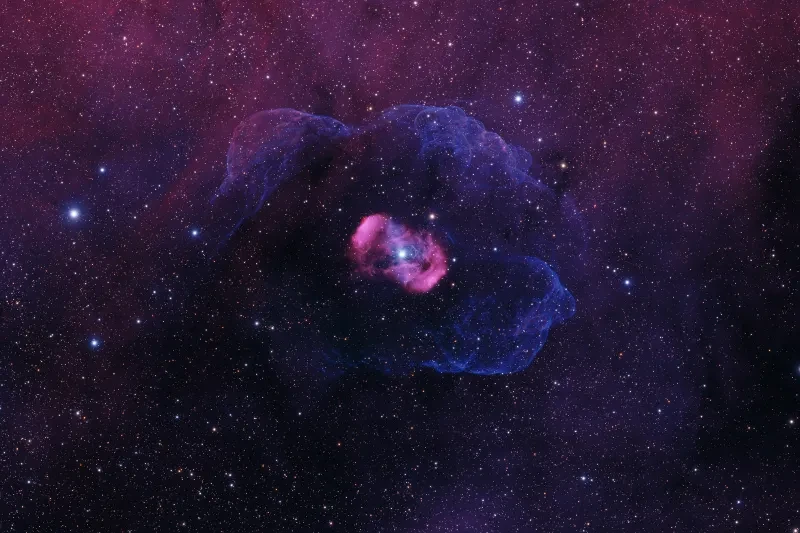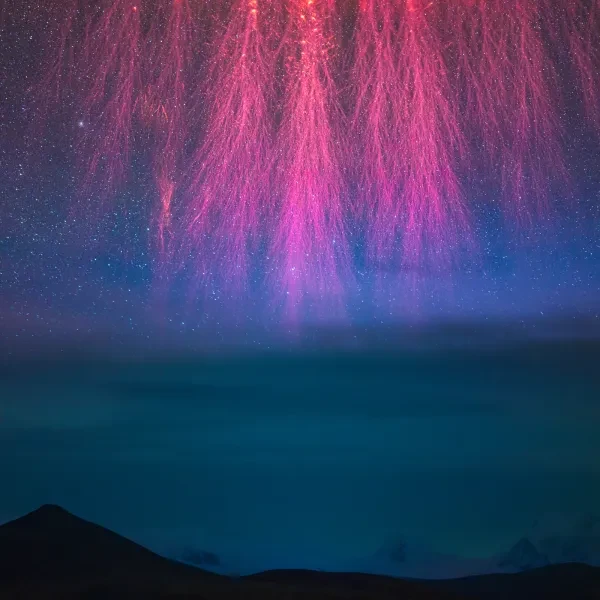Sprinkled throughout the Universe, galaxies are colossal cosmic cities composed of stellar systems, gas, dust and dark matter.
The diversity of galaxy types, combined with their beauty, ensure that they remain sought-after targets for astrophotographers.
Find out more about the winning images and explore the shortlist below.
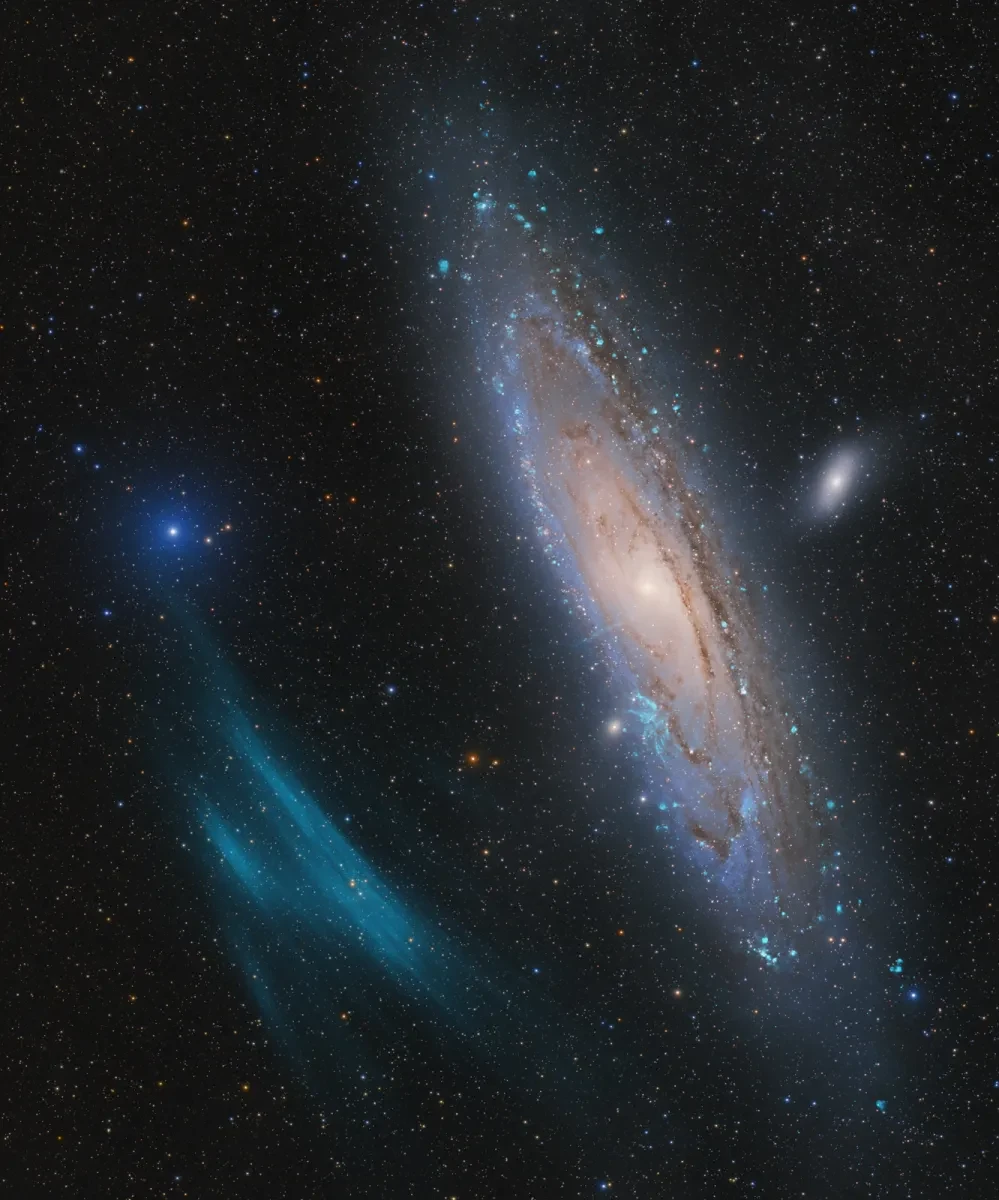
The winning image
Andromeda, Unexpected by Marcel Drechsler, Xavier Strottner and Yann Sainty
Taken near Nancy, France, 2 August–1 November 2022
"Our team of amateur astronomers made a surprising discovery – a huge plasma arc next to the Andromeda Galaxy (M31). The arc has an extension of about 1.5 x 0.45 degrees, is only 1.2 degrees away from the centre of M31 and is located southeast of the main body of the galaxy," they say.
"Scientists are now investigating the newly discovered giant in a transnational collaboration. It could be the largest such structure nearest to us in the Universe. The Andromeda Galaxy is the closest spiral galaxy to the Milky Way. It is undoubtedly one of the most photographed deep-sky objects."
Equipment used: Takahashi FSQ-106EDX4 telescope, Sky-Watcher EQ6 Pro mount, ZWO ASI2600MM Pro camera, 382 mm f/3.6, multiple exposures between 1 and 600 seconds, 111 hours total exposure
What does a discovery image look like? It is mostly a blurry black and white image that depicts an almost invisible faint dot or a spectrum that is incomprehensible to us. However, this was not the case this time. This astrophoto is as spectacular as it is valuable. It not only presents Andromeda in a new way, but also raises the quality of astrophotography to a new level.
László Francsics, competition judge
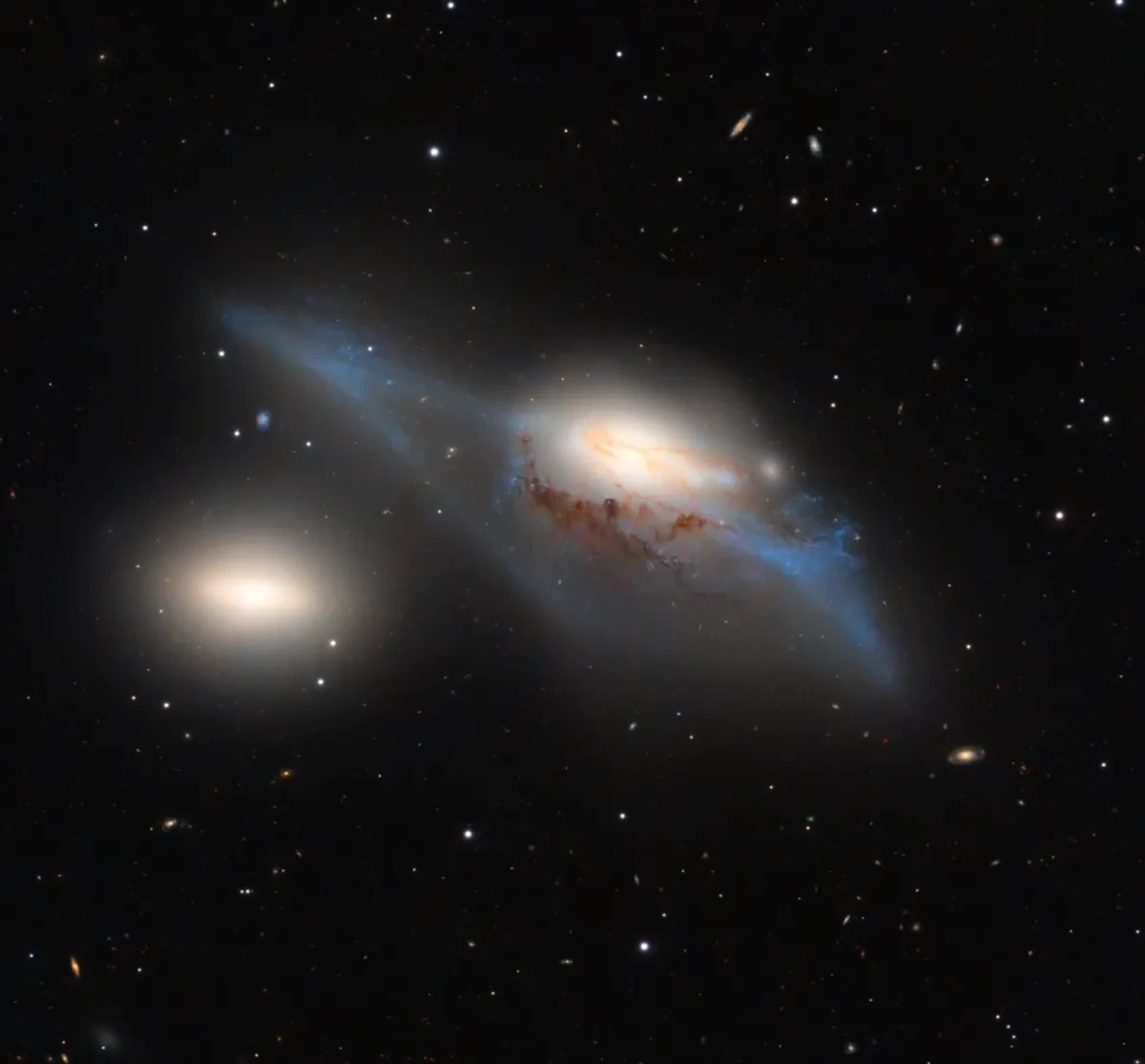
Runner-up
The Eyes Galaxy by Weitang Liang
Taken in El Sauce Observatory, Río Hurtado, Chile, 6, 7, 22 and 28–30 April and 1– 3, 5, 19, 26 and 27 May 2022
"The Eyes Galaxy (NGC4438) is the famous interacting galaxy in the Virgo Cluster. It is so small that it requires a large telescope to reveal all its details, not only the dust in the middle, but also the tiny flares on the left and right," Weitang says.
"In 2022, I used the largest amateur telescope, the one-meter RC telescope at Chilescope, and an exposure of 30 hours to get enough deep space data."
Equipment used: ASA 1-meter Richey Chretien telescope, ASA AZ1000 mount, FLI ProLine 16803 camera, 6800 mm 1 m multiple 1,800- and 600-second exposures, 30 hours total exposure
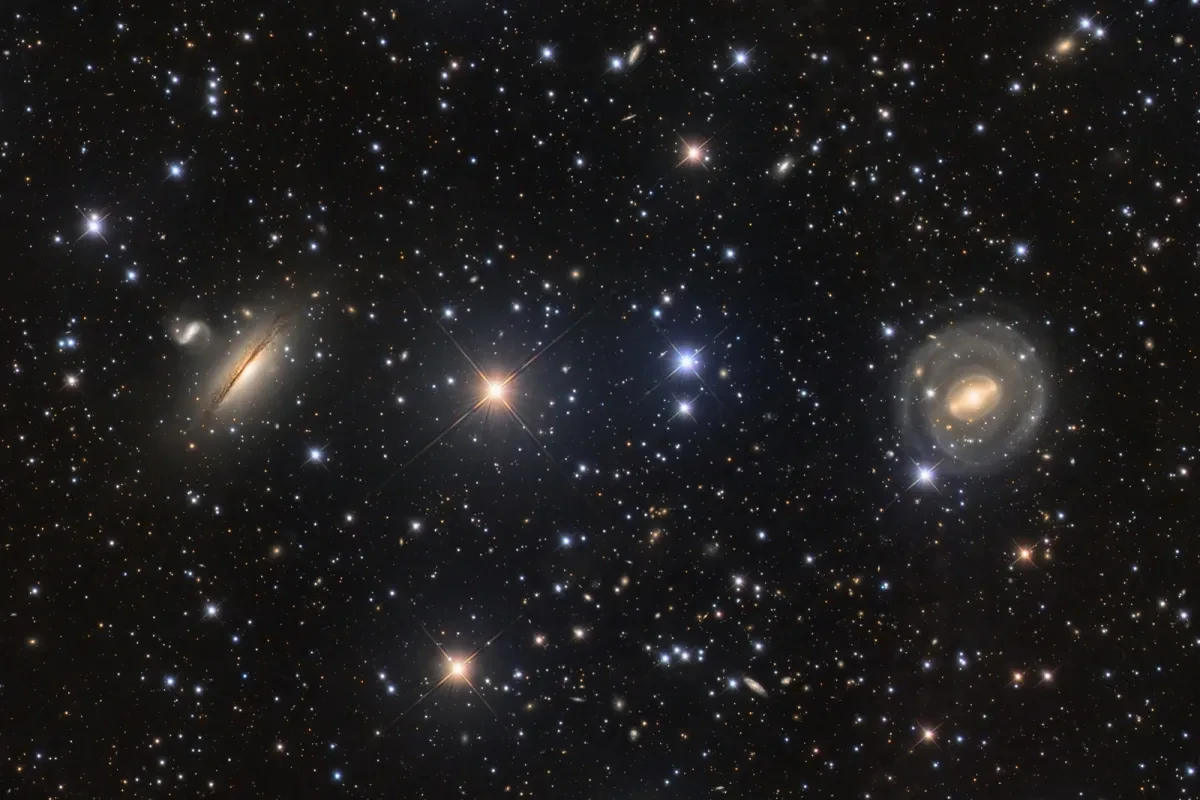
Highly commended
Neighbours by Paul Montague
Taken in Bendleby Ranges, South Australia, 26–28 May 2022
"These galaxies, NGC 5101 and NGC 5078, were shot from the South Australian outback with an 8- inch telescope and a monochrome camera. About 17 hours of data in total was required to bring out the fainter outer reaches of NGC 5101," Paul says.
"The juxtaposition of the dusty side on galaxy NGC 5078, interacting with its small neighbour IC 879 against the smooth face-on galaxy NGC 5101 is intriguing."
Equipment used: GSO Ritchey-Chretien 8" telescope, Chroma LRGB 31 mm filters, Astro-Physics Mach1 mount, ZWO ASI294MM-Pro camera, 1,200 mm f/6, multiple 3-minute Luminance and 5-minute RGB exposures, approx. 17 hours total exposure
Never miss a shooting star
Sign up to our space newsletter for exclusive astronomy news, guides and events.
See the full shortlist
Explore all the photographs in the Galaxies category.
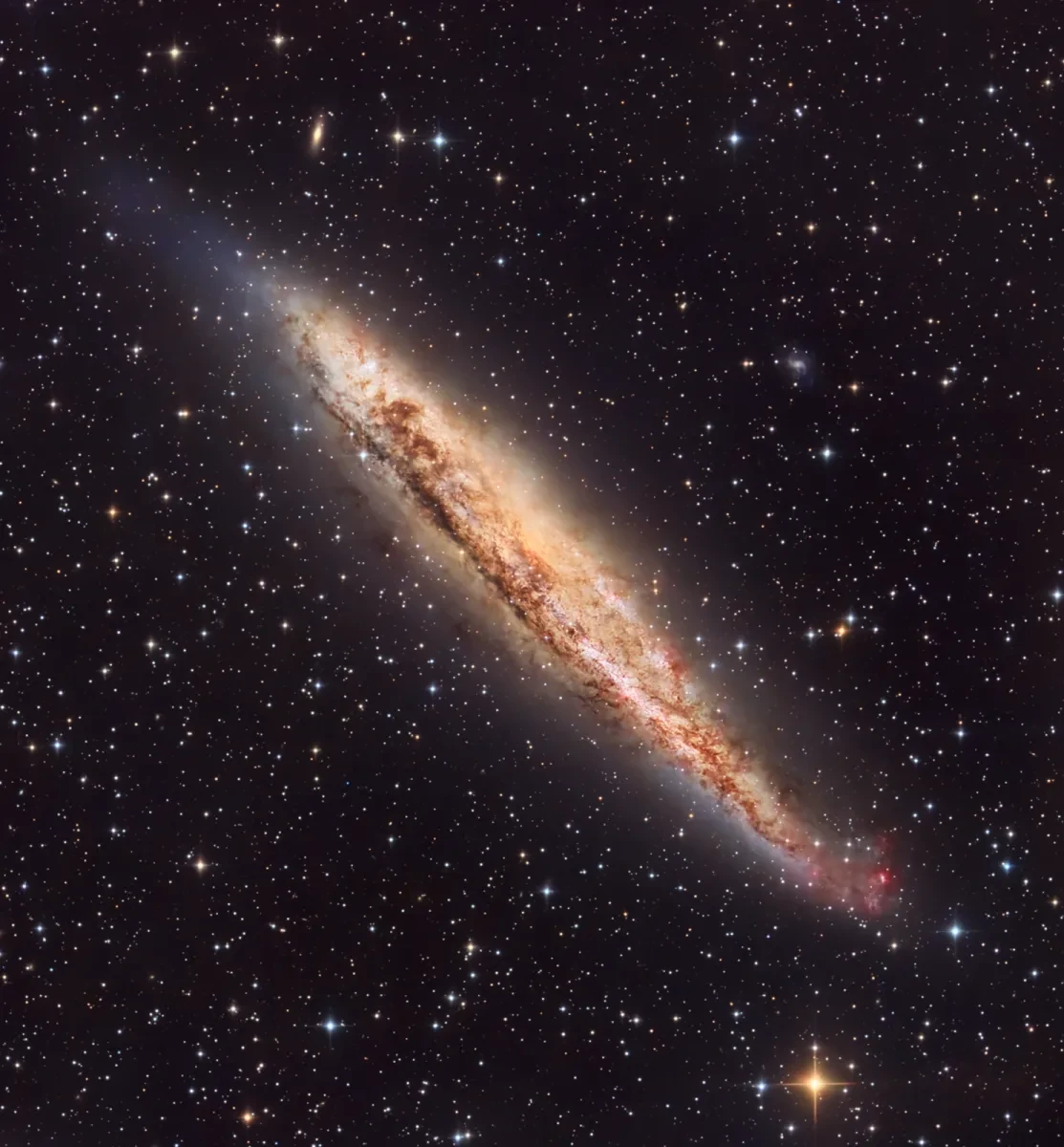
NGC 4945: Caldwell 83 by Jonathan Lodge
El Sauce Observatory, Río Hurtado, Chile, 9–11 April and 22 December 2021, 7, 8, 13, 14 and 29 January, 28 and 30 March and 1 April 2022
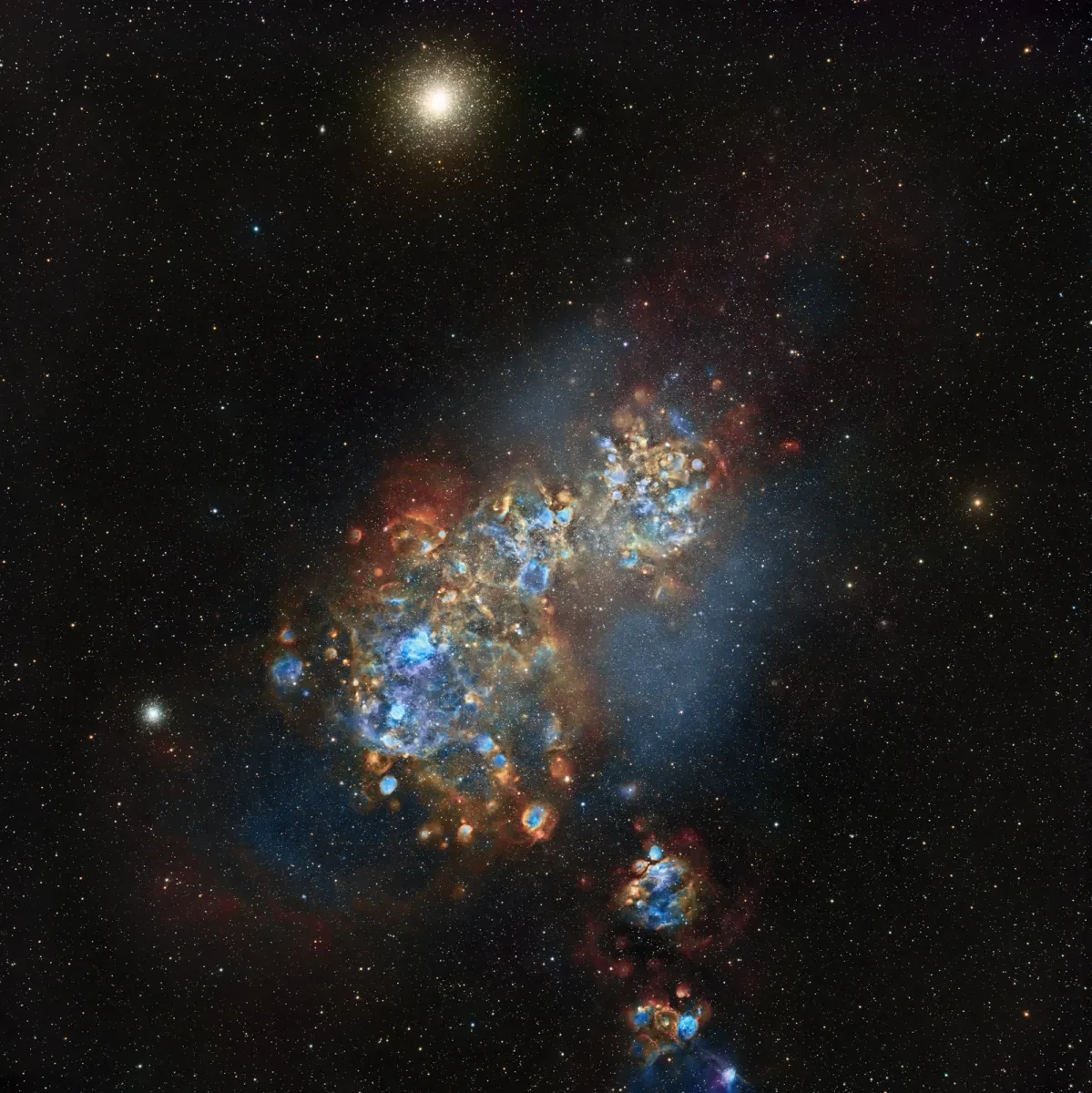
Nebulae of the Small Magellanic Cloud by Jonathan Lodge
Heaven's Mirror Observatory, Yass Valley, New South Wales, Australia, 7, 9, 17 and 19 May 2021, 18–19, 26 and 29 June 2021, 21 and 23 September 2021, 5–9, 25, 26 and 31 October 2021, 1, 9 and 15 November 2021, 18 May 2022, 12, 14, 17, 18, 26 and 27 June 2022, 7, 9–11, 14, 16 and 19 July 2022
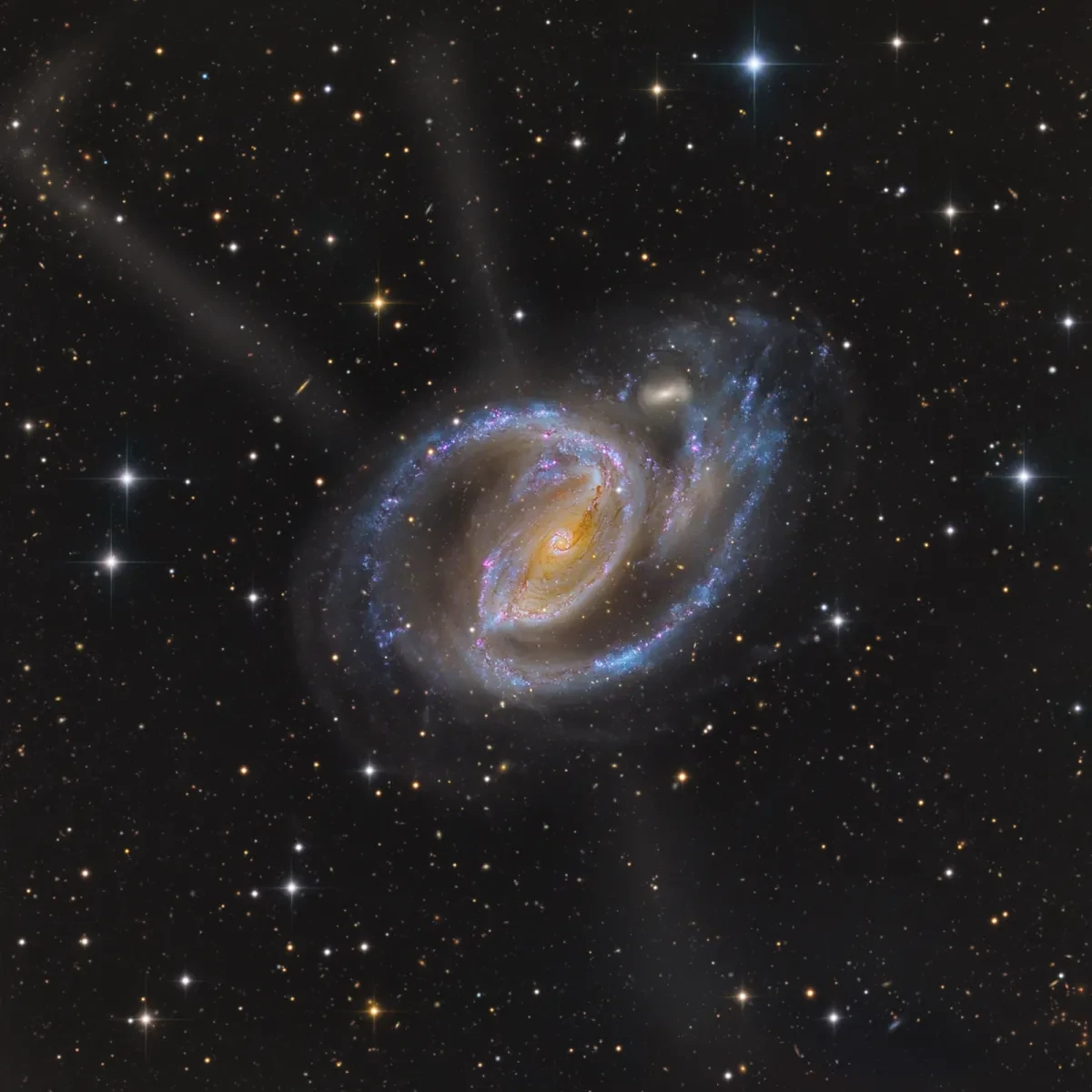
NGC 1097 and Tidal Tails by Mark Hanson and Mike Selby
El Sauce Observatory, Río Hurtado, Chile, 24–27 August 2022
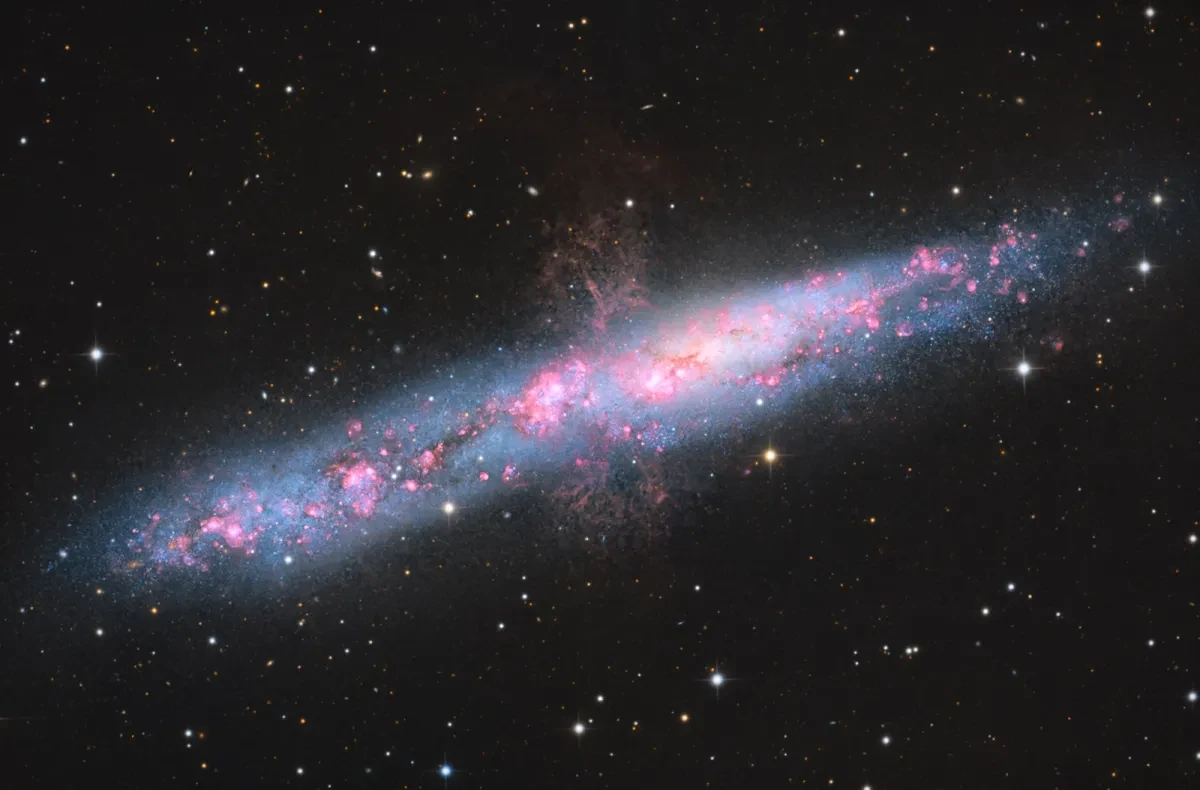
NGC 55 by Matt Dieterich
El Sauce Observatory, Río Hurtado, Chile, 18–26 October 2022
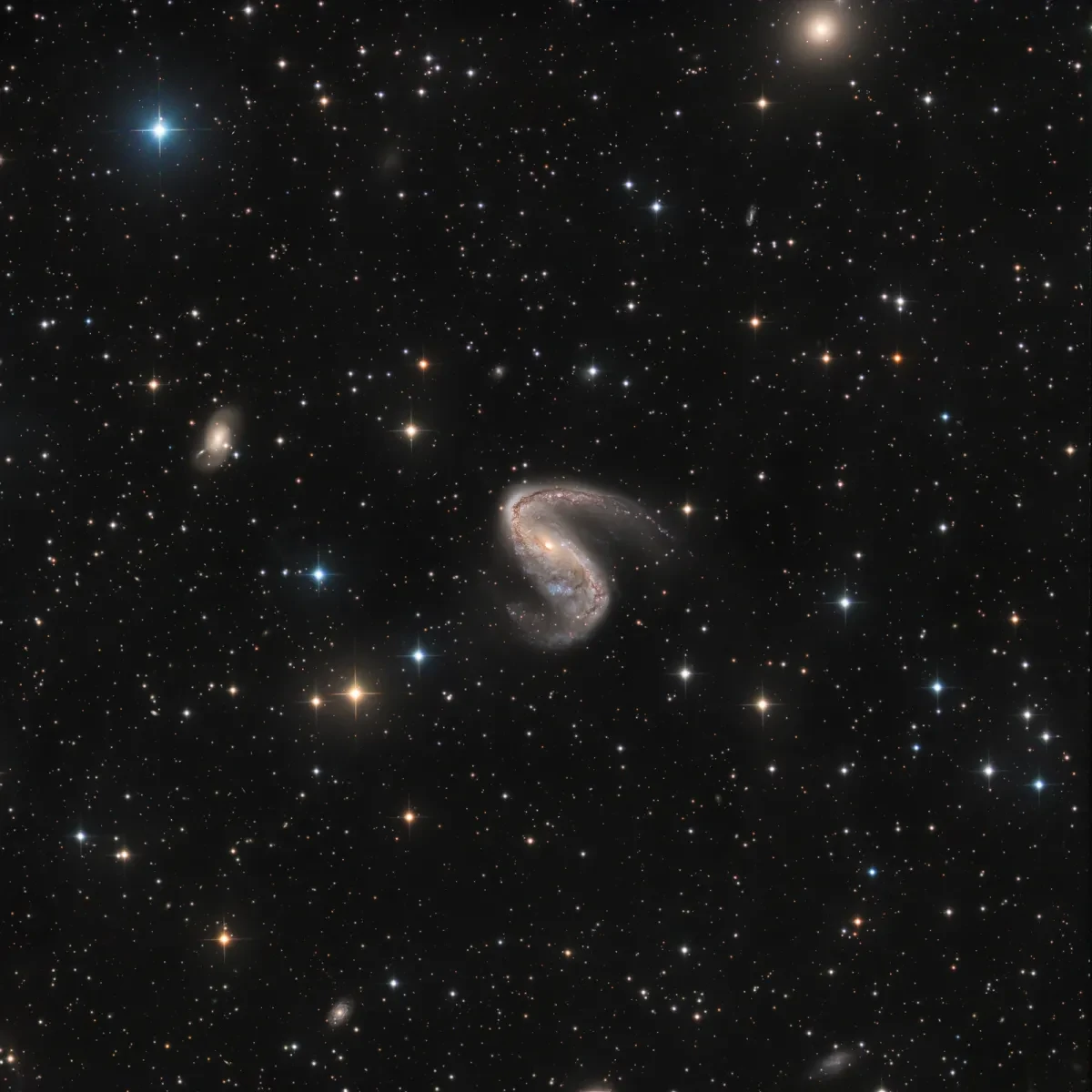
A Cosmic Meathook by Yovin Yahathugoda
El Sauce Observatory, Río Hurtado, Chile, 19–21 and 24 December 2022
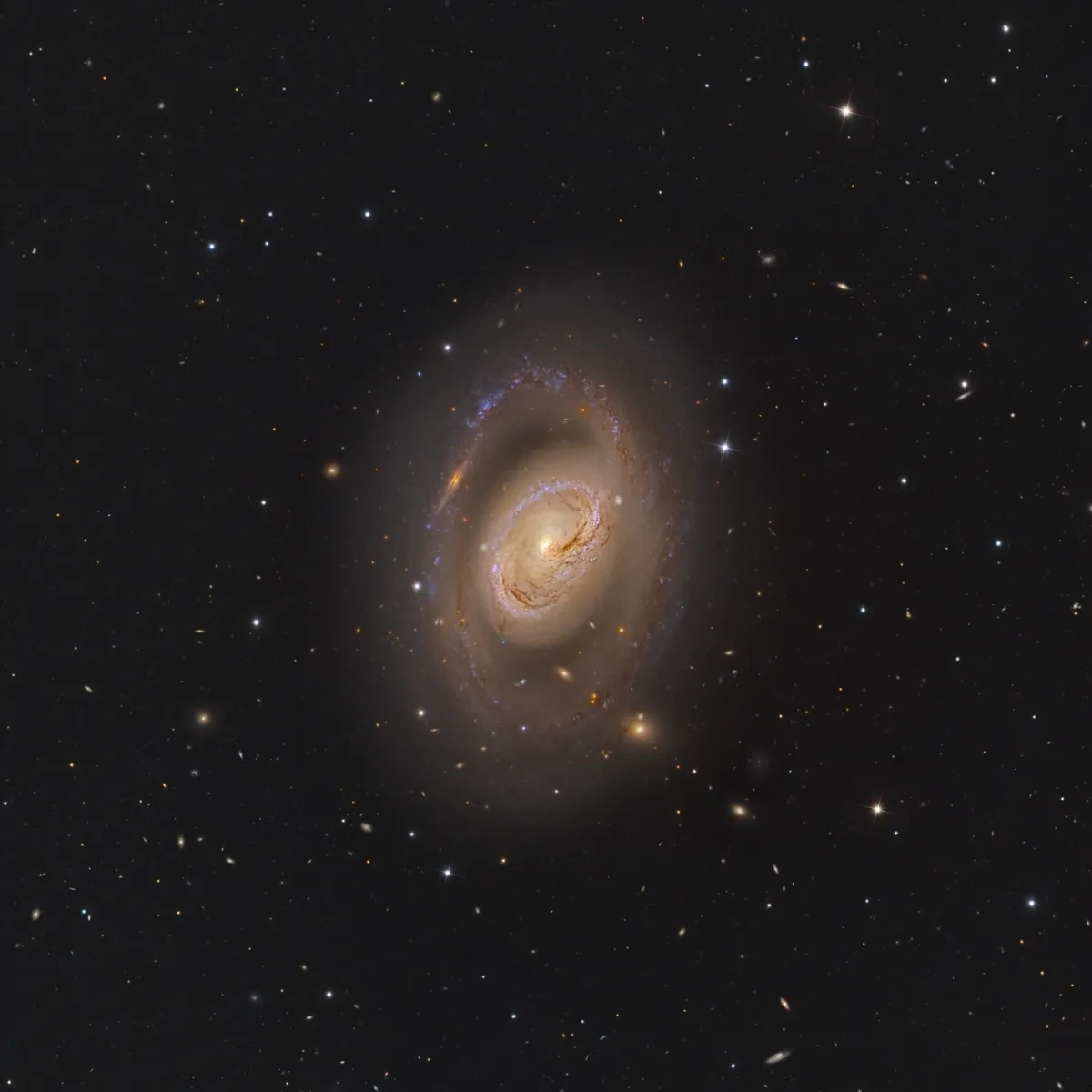
Messier 96: Holding the Baby Galaxy by Mark Hanson and Mike Selby
El Sauce Observatory, Río Hurtado, Chile, 1–4 April 2022
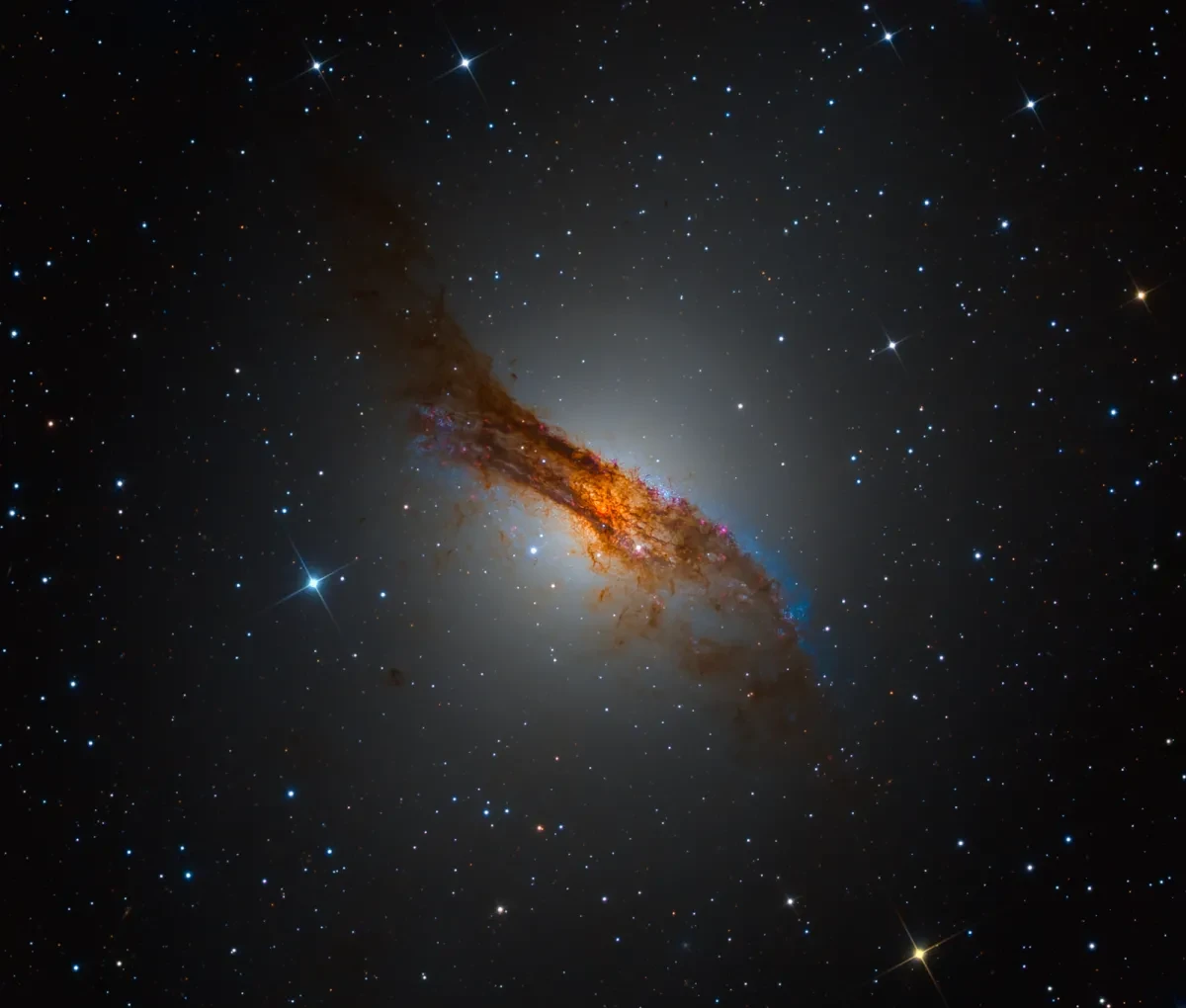
Radio 'A': Kilohertz to Exahertz by Martin Pugh
El Sauce Observatory, Río Hurtado, Chile, 21 and 23 February 2023
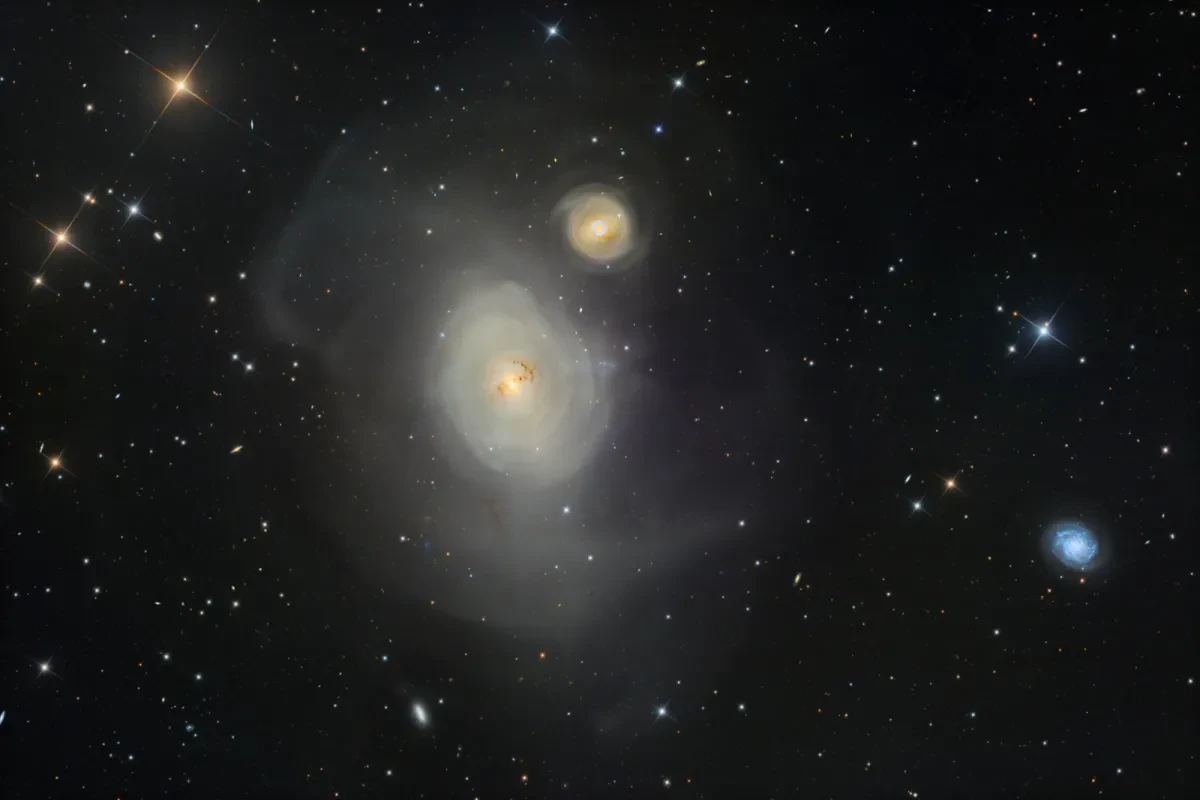
NGC 1316: A Tangle of Swirling Dust by Kevin Morefield
El Sauce Observatory, Río Hurtado, Chile, 26–28 December 2022, 12–13 and 15–22 January 2023
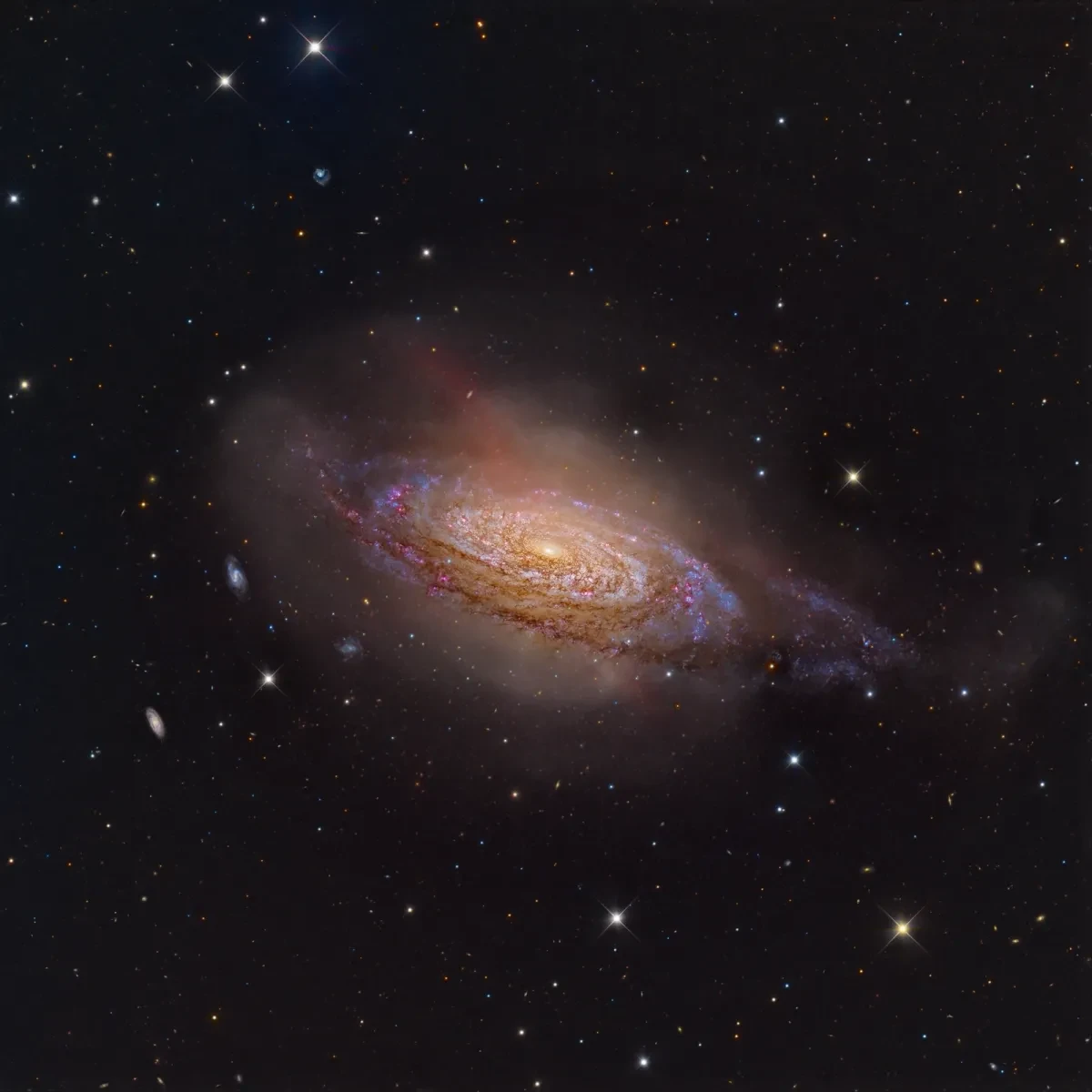
NGC 3521: Marquise in the Sky by Mark Hanson and Mike Selby
El Sauce Observatory, Río Hurtado, Chile, 28 March to 1 April 2022
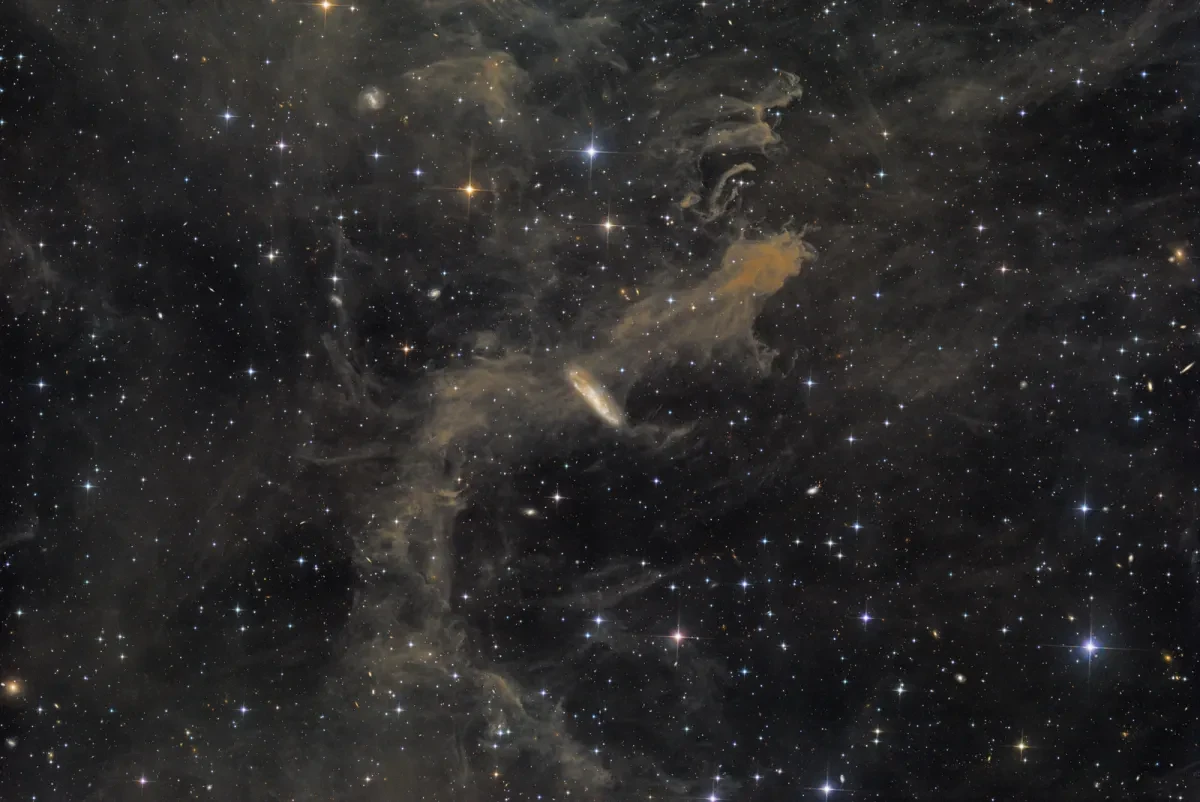
NGC 7497: Galaxy and Dust by Frank Sackenheim, Josef Poepsel, and Stefan Binnewies
Skinakas Observatory, Crete, Greece, 28 August 2022
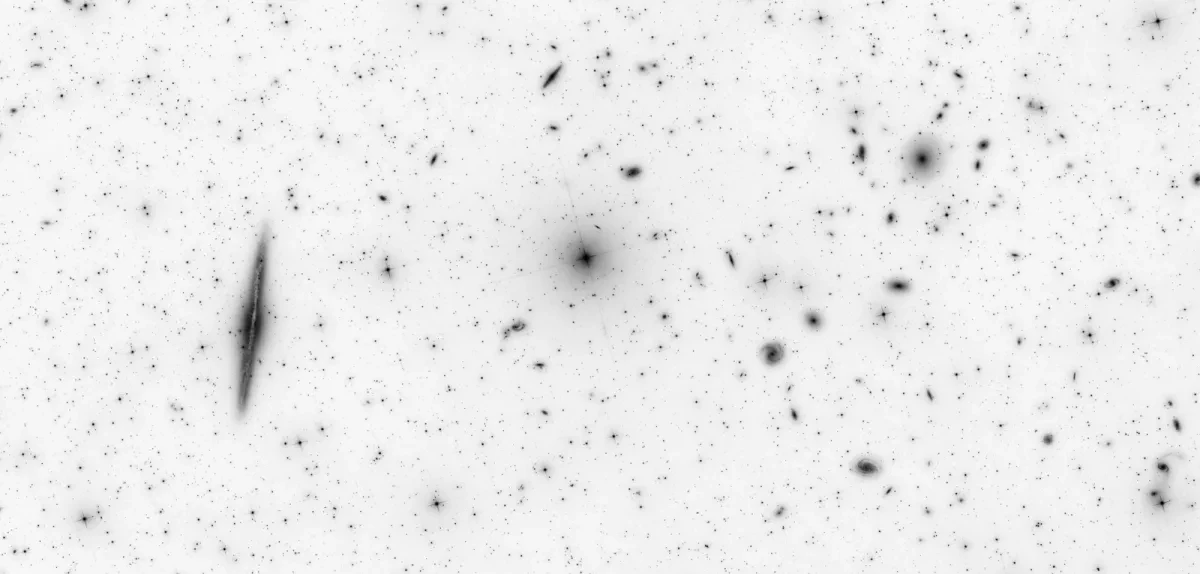
NGC 891 and Abell 347: Interstellar Map by Rui Liao
Lijiang, Yunnan, China, 31 October 2022 to 20 January 2023
Our partners


